Choosing between Marrakech and Istanbul for your next adventure presents a delightful dilemma. Both cities stand as cultural powerhouses with incredible architecture, mesmerizing history, and unforgettable culinary experiences.
Yet beneath their shared appeal as exotic destinations, these cities differ dramatically in ways that could significantly impact your travel experience. Here are 15 key differences between Marrakech and Istanbul that will help you decide which destination best suits your travel preferences.
Size and Scale

Istanbul looms large over Marrakech in terms of physical size and population. Over 15 million people inhabit a transcontinental city that spreads across Europe and Asia, covering 2,000 square miles.
Marrakech is more compact—it has a population of about 1 million people and a compact urban area that will not overwhelm first-time visitors trying to orient themselves.
Climate Considerations
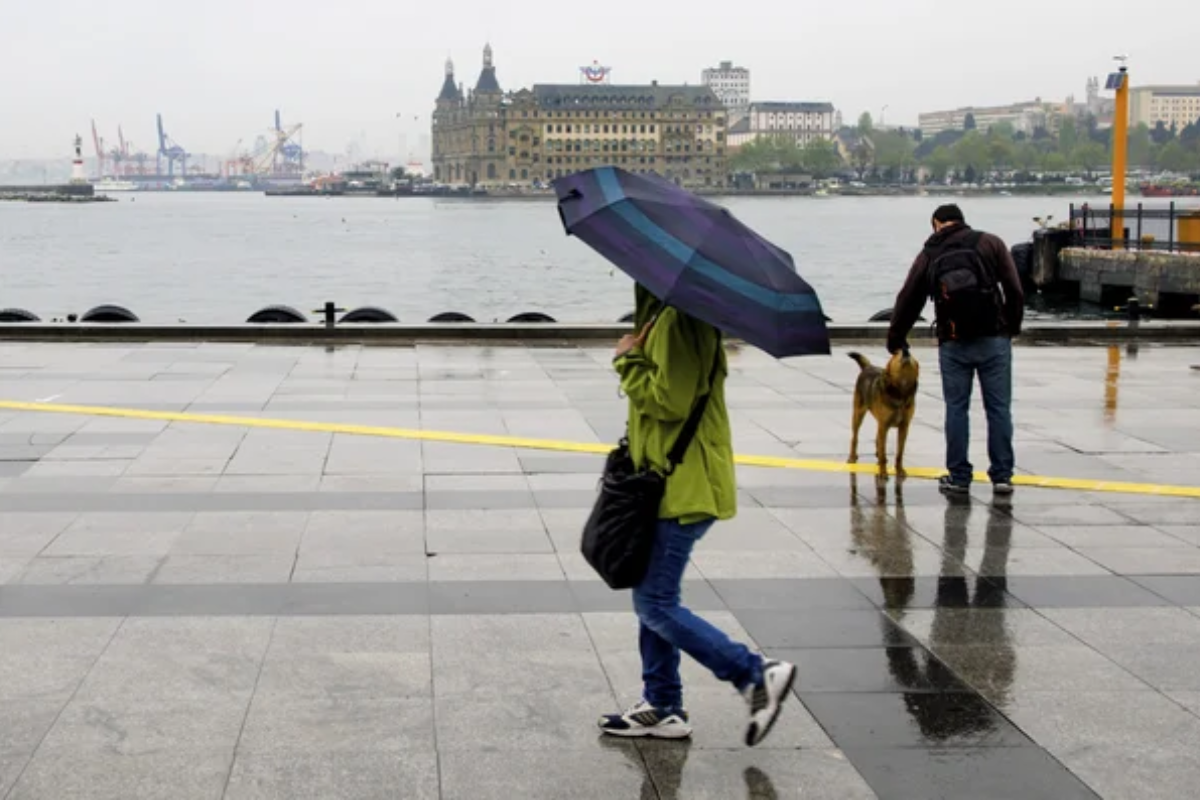
Marrakech experiences a semi-arid climate, with temperatures consistently above 100°F during the summer months of June to August—sometimes to unbearable heights for unwitting tourists. Istanbul’s Mediterranean climate affords four recognizable seasons, but summer humidity cannot be ignored; you enjoy comfortably warm days, wild autumns, and occasionally snowy winters that grant access throughout the year without temperature excesses.
Like Travel Pug’s content? Follow us on MSN.
Language Barriers
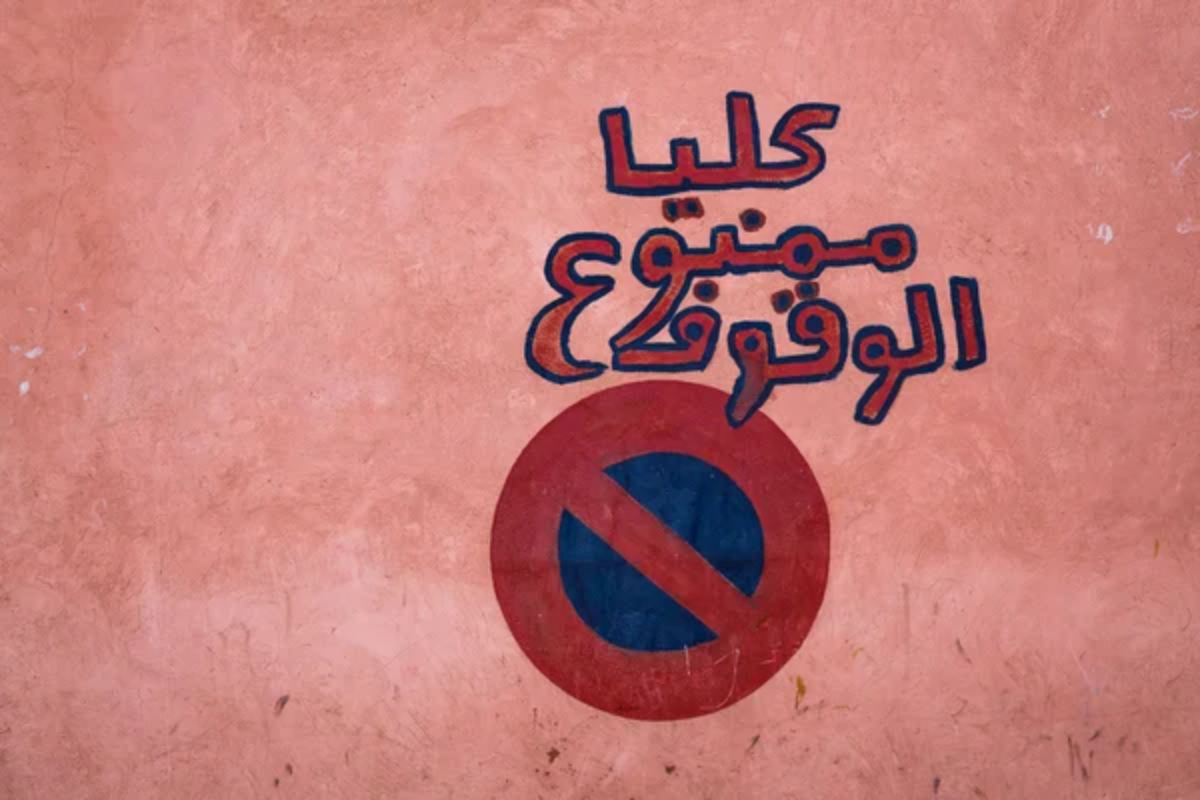
In Marrakech, day-to-day conversation is ruled by Arabic and French, with English understanding varying considerably and being present mainly in tourist zones. Istanbul offers more widespread English speaking – especially in hotels, restaurants, and primary tourist attractions – though don’t expect that everyone will understand you perfectly, as Turkish still dominates the less touristy parts of the city.
Transportation Systems

Istanbul boasts a massive, modern transport system with a huge metro network, tram routes crossing key districts, funiculars climbing steep hills, ferries crisscrossing the Bosphorus, and buses penetrating nearly every corner of the metropolis. Marrakech relies principally on buses, petit taxis, and picturesque but less efficient horse-drawn carriages (calèches)—no metro and comparatively little public transport overall.
Historical Legacy

Istanbul’s history spans two great empires—Byzantine and Ottoman—with 1,500+ years as an imperial capital city. It expresses itself in diverse architectural layers, from Roman cisterns to Byzantine churches and Ottoman palaces scattered everywhere. Marrakech served as Morocco’s capital under several distinct Berber and Arab dynasties, with a more unified appearance and typical red sandstone architecture that dates from the 11th century.
Like Travel Pug’s content? Follow us on MSN.
Religious Monuments
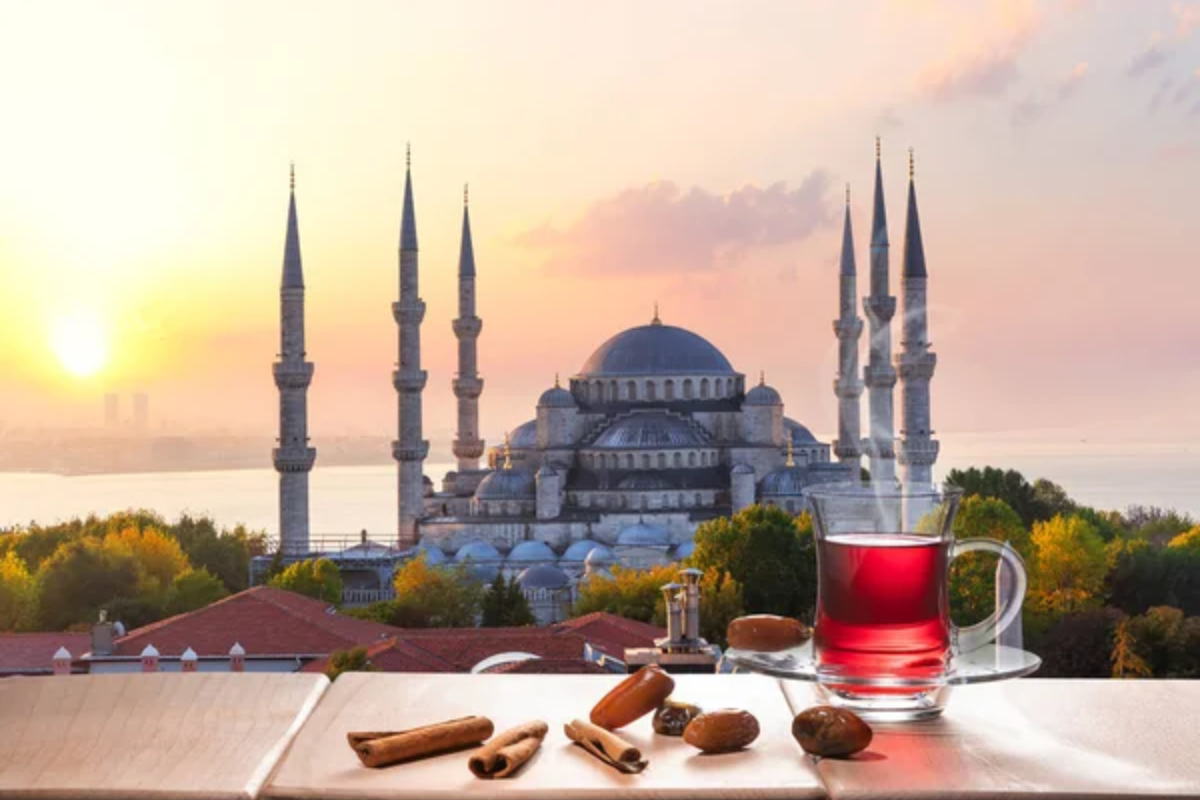
Both cities are endowed with striking religious architecture – albeit with some differences. Istanbul’s skyline is dotted with numerous Ottoman mosques with several minarets and Byzantine influences – headed by the massive Hagia Sophia, Christianity’s erstwhile largest cathedral turned mosque. Marrakech’s religious buildings traditionally possess single minarets and Moorish architecture – the Koutoubia Mosque is the city’s signature landmark against the backdrop of the Atlas Mountains.
Shopping Experiences

Marrakech’s souks are a labyrinthine collection of covered markets where haggling is not only customary but is all but a requirement – and artisans often create their goods on-site using centuries-old techniques passed down through the generations. Istanbul divides its shopping between the Grand Bazaar (more organized than Marrakech’s souks) and contemporary shopping malls popping up around town – fixed prices are more common in established stores, and a wider range of modern goods alongside traditional ones.
Culinary Traditions
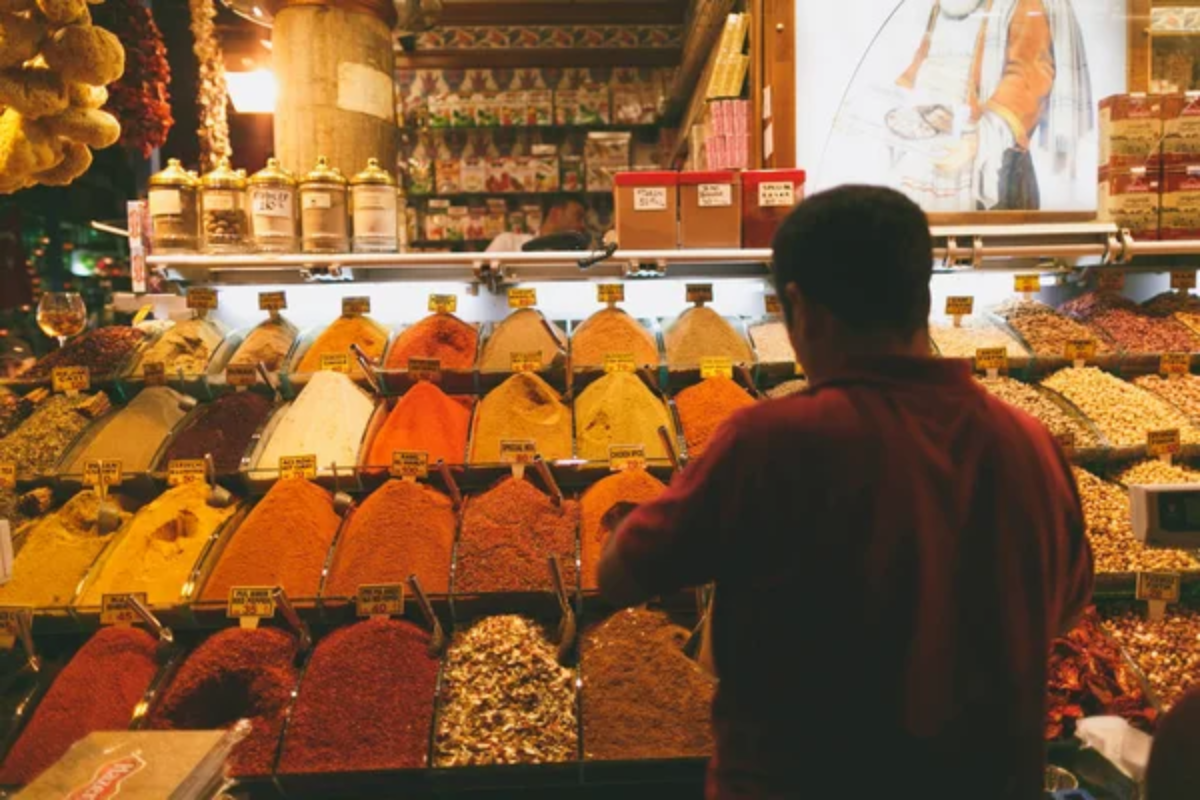
Moroccan cuisine in Marrakech is all about slow-cooked tagines, fluffy couscous, and signature spice combinations of cinnamon, saffron, and cumin – dishes that are usually finished off with ceremonial mint tea poured from lofty heights. The cuisine in Istanbul is European-meets-Asian, with ample mezes (small dishes), fresh seafood plucked from surrounding waters, and unbeatable street foods such as simit (sesame bread rings) and köfte (spiced meatballs) from stalls dispersed on busy corners.
Like Travel Pug’s content? Follow us on MSN.
Water Safety
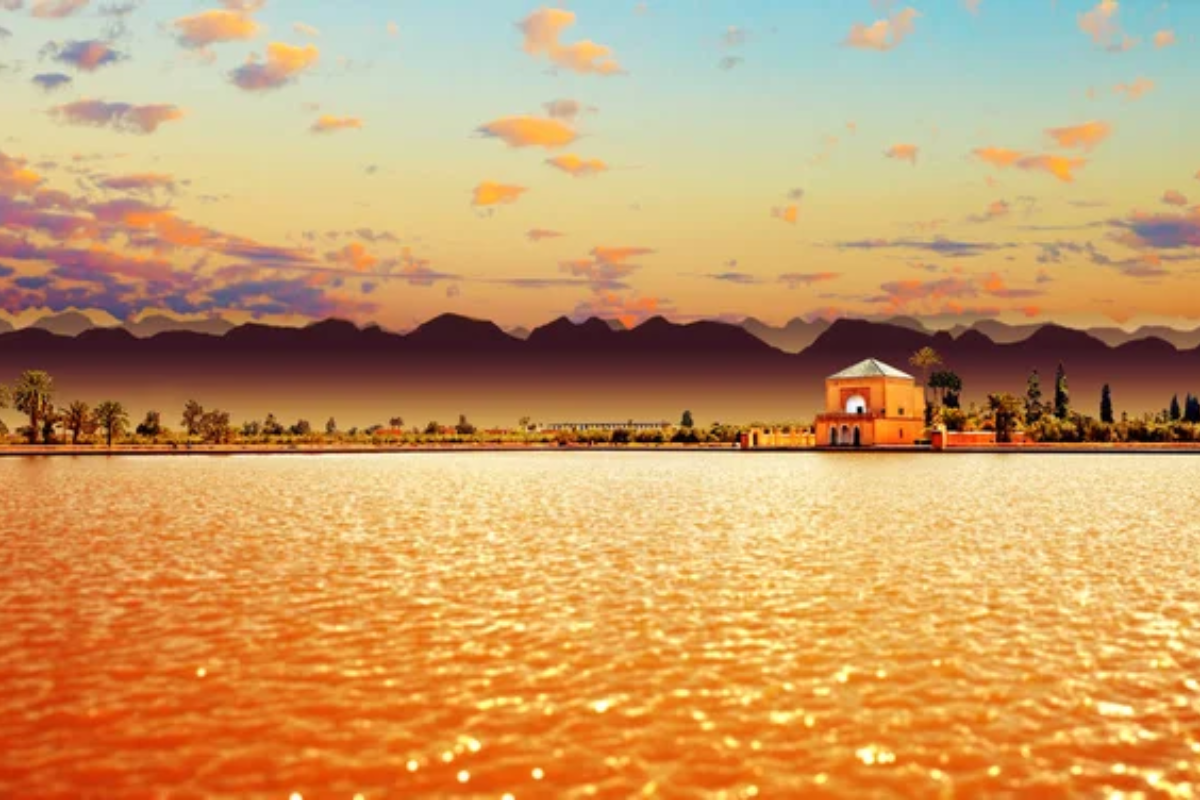
Istanbul generally has safe tap water, though most visitors and locals alike prefer bottled water for extra confidence when consuming it straight. Marrakech requires more caution in the water one drinks—bottled water isn’t just recommended but almost a necessity for all visitors, including for teeth brushing in most facilities regardless of luxury level.
Cost Differences
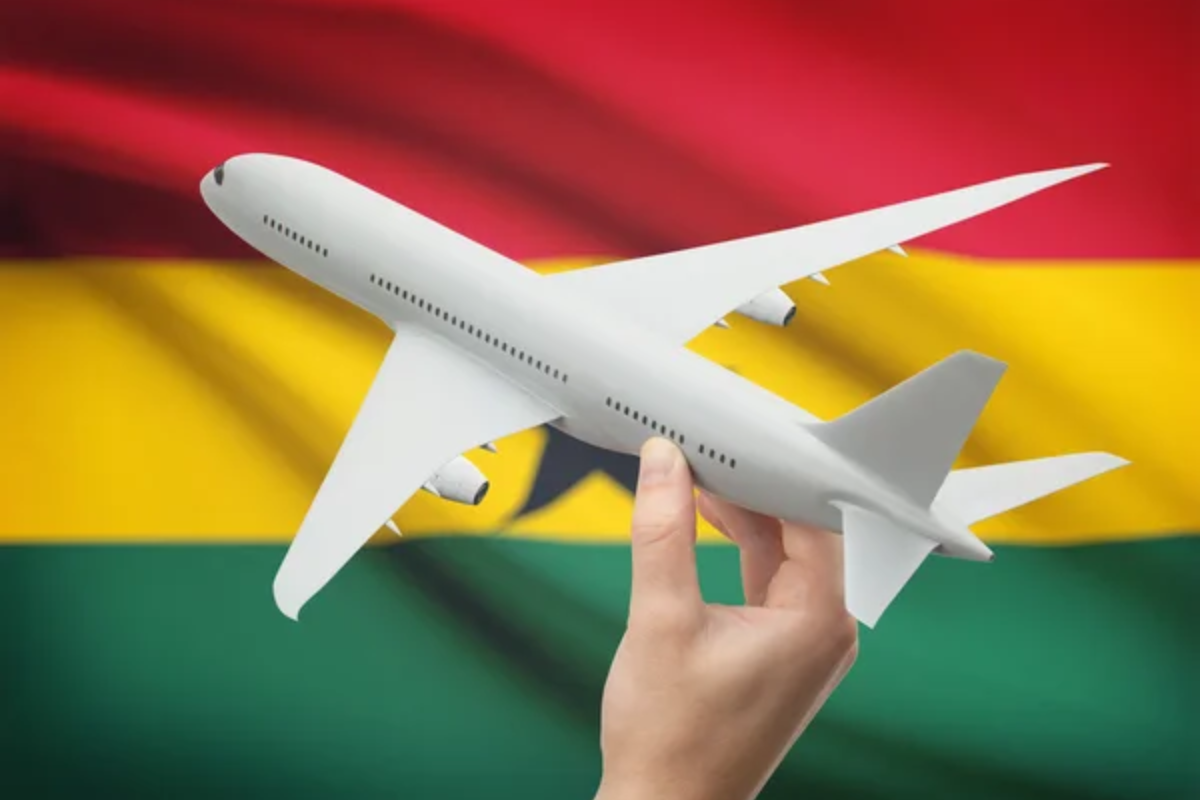
Marrakech is far less expensive for the same experiences, and luxury riads (traditional homes with interior gardens) are often more affordable than Istanbul’s mid-range hotels in decent areas. Istanbul, while still relatively affordable by European standards, tends to need more cash for accommodations, restaurant meals, and sightseeing—especially in areas geared towards cruise ship passengers and foreign visitors.
Street Navigation

Marrakech’s medina is a purposely confusing labyrinth of small, curving alleys with no signage. This labyrinth was not accidental; it was designed to confuse invaders and still completely confuse travelers today, who often get lost no matter how hard they try.
Istanbul, despite its intimidating size, follows a more understandable street plan in most of the city, with principal roads and public transportation routes making solo exploration less intimidating for the directionally challenged.
Like Travel Pug’s content? Follow us on MSN.
Architectural Colors
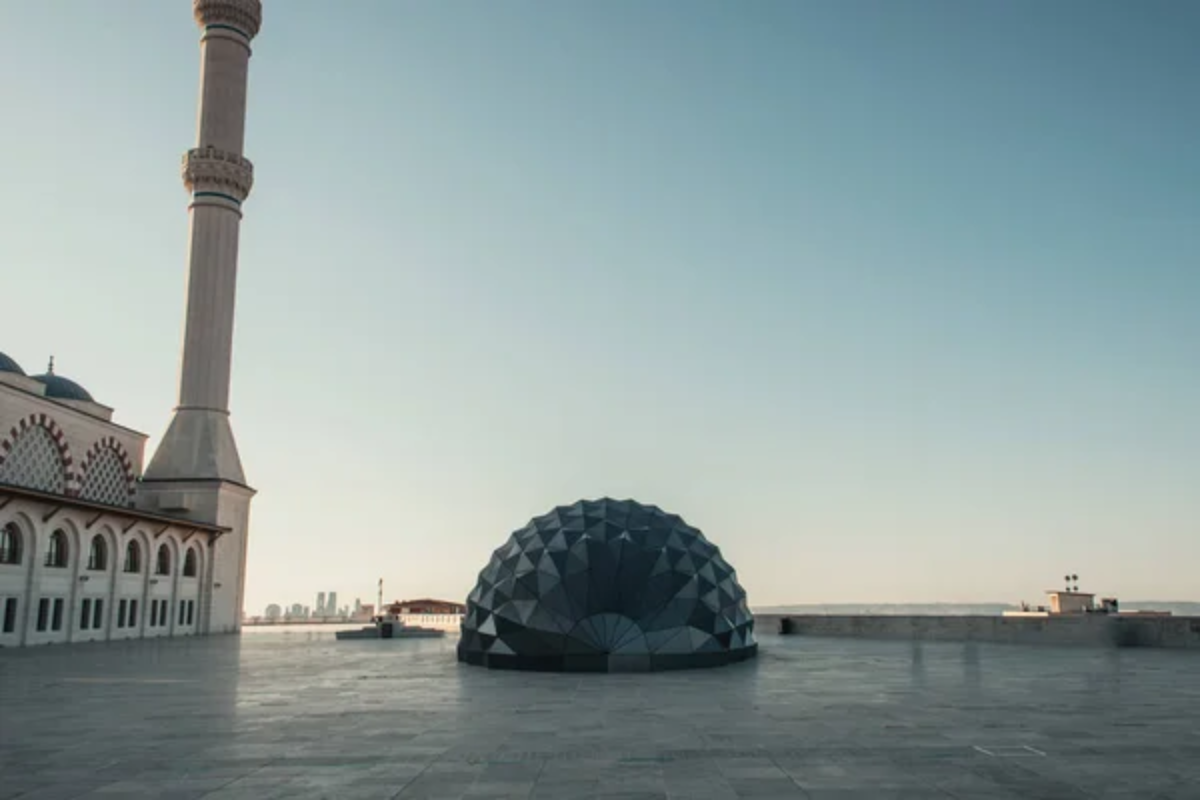
Both cities’ visual palette offers an immediate distinction viewed from miles away. Marrakech earned the title of ‘Red City’ from the salmon-pink sandstone walls that enclose its medina and color many of the buildings within it, creating a cohesive visual identity.
Istanbul’s color palette varies more throughout its districts, from the blues of the Bosphorus and vividly painted Ottoman-era wooden houses to the white marble and gray stone of its monumental buildings.
Cultural Etiquette

Marrakech has more conservative social norms, and modest dress (covering shoulders and knees) is necessary, particularly when visiting religious or residential areas outside tourist resorts. Istanbul bridges European and Asian sensibilities with generally liberal attitudes in tourist areas but more traditional expectations in residential areas, offering a cultural gradient between neighborhoods.
Nightlife Options

Istanbul also boasts a vibrant, eclectic nightlife with everything, including Bosphorus-view rooftop bars and Beyoğlu and Kadıköy neighborhood nightclubs, which stay open into the wee hours with global DJs. Marrakech provides less nighttime amusement, and what there is is largely riad-, hotel bar-, and some club-based, as public alcohol consumption is still less prevalent beyond certain establishments.
Like Travel Pug’s content? Follow us on MSN.
Hassle Factor
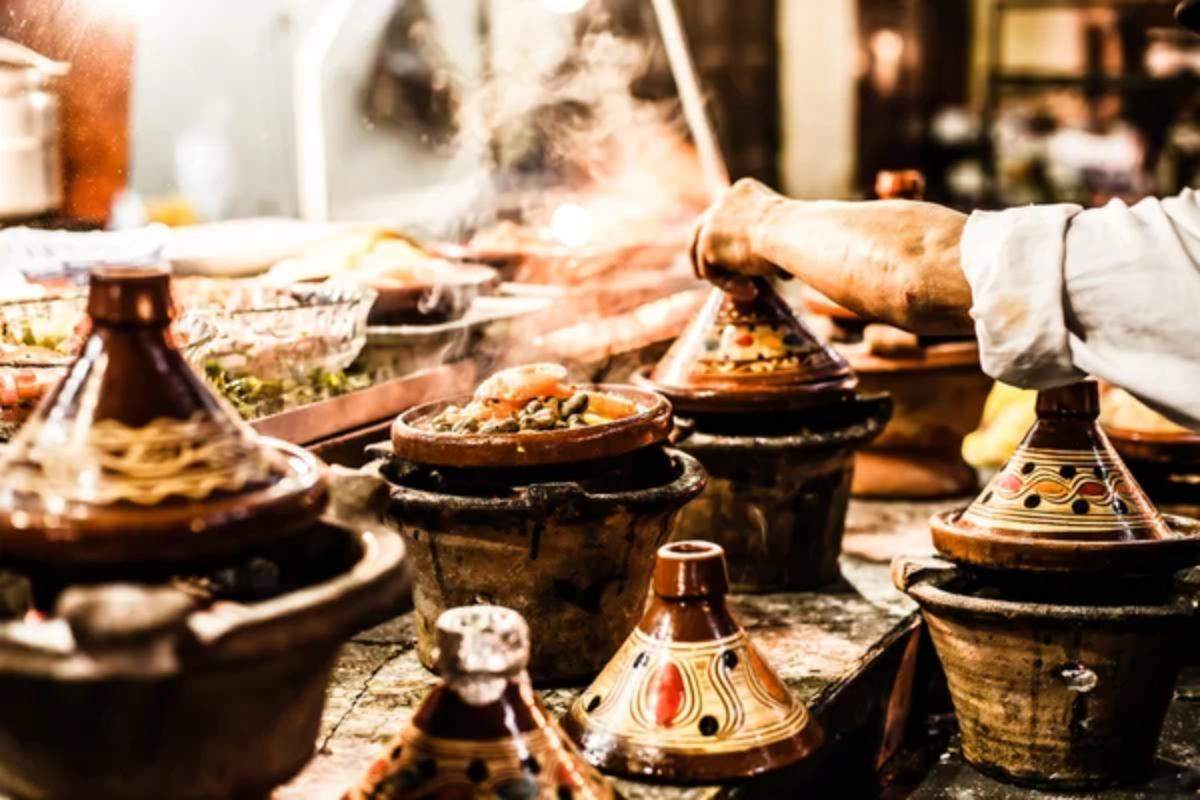
Visitors to Marrakech frequently remark on the relentless attention of shopkeepers, freelance guides, and other businesspeople, which creates a more intense environment that some find exhausting after a couple of days. Istanbul allows more relaxed walking with less pushy solicitation. However, key tourist sites still get their fair share of persistent vendors who single out tourists who are pretty easy to differentiate from natives.
Timeless Choices for Modern Travelers
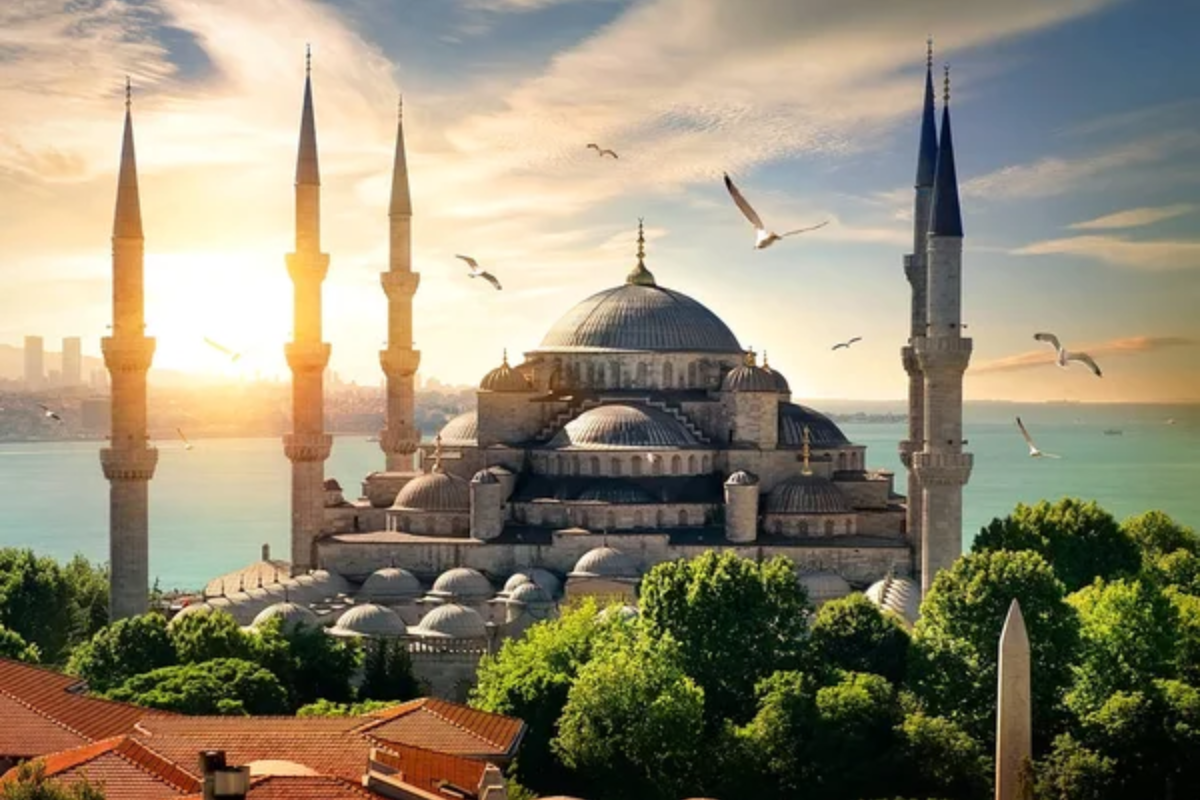
These distinctive cities continue evolving while maintaining their unique cultural identities, each offering experiences impossible to replicate elsewhere.
Your travel priorities—whether architectural grandeur, culinary adventures, shopping opportunities, or cultural immersion—will ultimately determine which of these magnificent destinations captures your imagination and provides the memories you seek. Both will leave an indelible mark on anyone fortunate enough to wander their streets.
More from Travel Pug

- 20 Towns Built for One Purpose That Were Later Abandoned
- 15 Hidden Spots in Disney World’s Magic Kingdom Most Visitors Miss
- 20 Once-Popular Beach Towns That Are Now Ghostly Empty
- 15 Canyons in the U.S. That Are Just as Stunning as the Grand Canyon
- 10 Under-the-Radar Mountain Towns That Are Both Affordable and Beautiful
Like Travel Pug’s content? Follow us on MSN.
